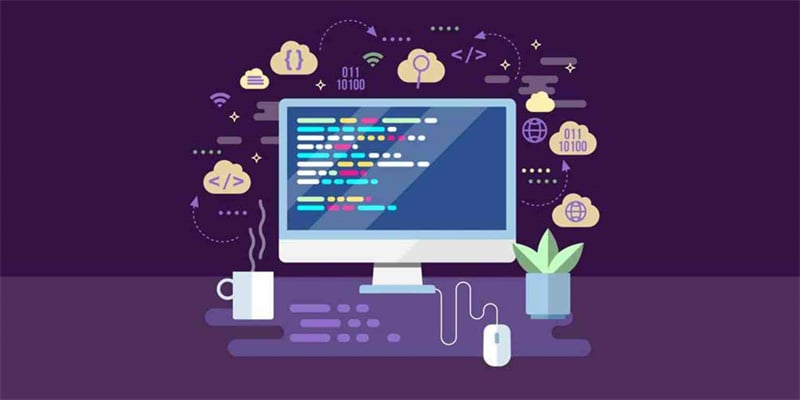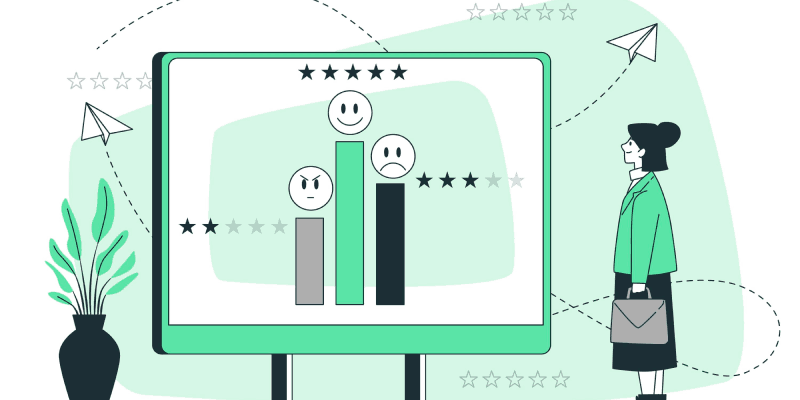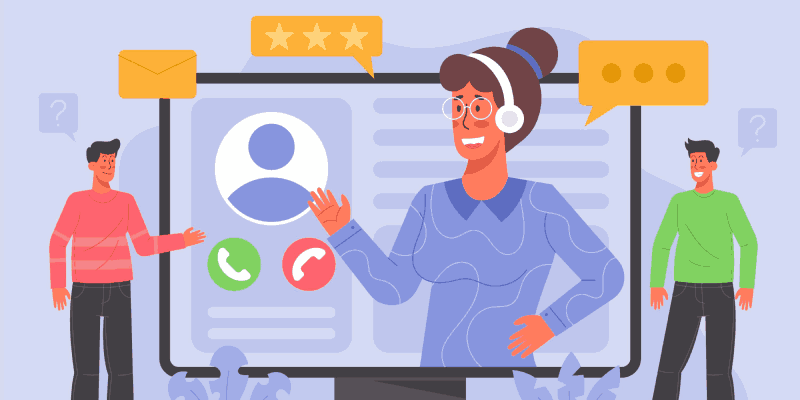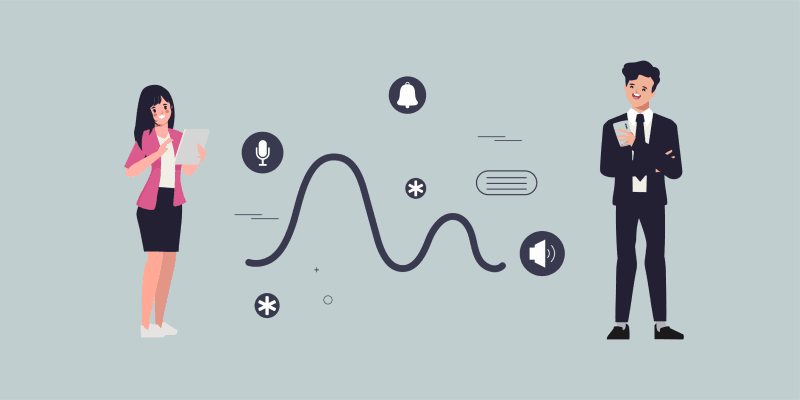What is Customer Retention Cost and How to Reduce It?

It can take time for a SaaS or subscription company to achieve profitability with a customer. As only part of the revenue is realized up front, much effort is required to ensure sufficient future revenue is earned. You may wonder “What is Customer Retention Cost (CRC)?” — It’s the associated cost of serving the customer and it’s one of the key metrics to track in understanding whether you have reached profitability or not.
In the following article, we’ll dive deep into its significance and show you how to build the customer retention cost formula. By comprehending customer retention and the costs associated with it, you can refine your retention approach, optimize resources, and ultimately foster stronger relationships with your customers. Therefore, let’s see how this often hidden and neglected SaaS metric can help with customer loyalty and growth!
What Is Customer Retention Cost (CRC)?
Customer Retention Cost (CRC) refers to expenses, financial investments, and overall efforts a SaaS company incurs to retain existing customers over a certain period. It includes multiple resources allocated to ensure that a customer continues to use the given product or service, renew their subscription, or upgrade, and remains engaged and satisfied with it.
To understand what is important about customer retention costs, let’s first see what components it includes:
Customer Support and Success
Excellent customer support is the backbone of customer retention; therefore, investing in support infrastructure, customer service, and customer success teams (training and education) dedicated to addressing customer needs and making sure they extract the most value from the product or service is crucial.
Engagement Actions
Investing in personalized communication, feature updates, valuable and educational content, and user communities increases customer engagement.
Retention and Product Adoption Programs
Offering special offers, discounts, and various loyalty programs encourages customers to renew their subscriptions or/and upgrade to more expensive plans, so directing resources towards customized retention programs is vital. Here are the best customer retention platforms in 2024.
Churn Analysis and Improvement
Investing in churn analysis to identify its reasons allows you to design and implement various retention strategies that can reduce churn rates: targeted retention campaigns, product enhancement, onboarding process personalization, etc.
Automated Customer Success Tools
Investing in CRM and customer success software streamlines and automates the customer success process. This is an effective way to facilitate your marketing and sales campaigns tailored for targeted segments. By incorporating CRM with a customer success platform like Akita, you can filter customers by any trait, create as many segments as you need, get a visualized metric for each of them, and add dozens of columns like Trends or Health score to each segment. You can share segments and their metrics with your team members by using pin functionality to speed up and facilitate the flow, and you can also set up real-time notifications for each account that are immediately visible to everyone.
How to Calculate Customer Retention Cost?
To calculate the customer retention cost, it is crucial to first determine which costs customer retention involves. We included the most common ones for SaaS in the previous chapter, but they can vary depending on the company’s size and budget. Also, there isn’t a single formula for customer retention cost calculation, so we are about to present you with the two most utilized and effective ones.
Average CRC per customer

So, to calculate the average CRC per customer, you should divide the total CRC of all customers by the number of active and existing customers in a certain period. Total CRC includes all the retention costs your company has incurred during the given time. This formula clearly indicates the average spending on customer retention in general, yet it fails to provide more insight into individual customer expenditure.
Average lifetime CRC per customer

By multiplying the average CRC per customer with the average customer lifetime, you can calculate the average lifetime CRC per customer. Of course, this formula requires additional data due to its complexity, yet it provides valuable information on how much revenue you are extracting from each customer and what the customer retention cost is (per customer).
Ways to Decrease Your Customer Retention Cost
Although it is difficult to determine the typical retention cost per customer as it depends on various factors, there are certain effective strategies that you can implement today to decrease your customer retention costs, no matter the range.
- Improve onboarding process
- By streamlining the onboarding process and including clear tutorials, self-service resources, and guided tours, you are helping your customers understand how to use the product in record time and without the need for additional support.
- By streamlining the onboarding process and including clear tutorials, self-service resources, and guided tours, you are helping your customers understand how to use the product in record time and without the need for additional support.
- Personalize communication
- By segmenting customers and using the data to personalize communication and offers, you can increase engagement and loyalty.
- By segmenting customers and using the data to personalize communication and offers, you can increase engagement and loyalty.
- Focus on customer success
- Invest in proactive customer success actions to address issues before they arise or escalate. Make sure that the customers achieve a certain goal or milestone by offering additional resources and personalized assistance.
- Invest in proactive customer success actions to address issues before they arise or escalate. Make sure that the customers achieve a certain goal or milestone by offering additional resources and personalized assistance.
- Reward customer loyalty
- The surest way to retain customers is to show them appreciation. Include various loyalty programs and incentives for long-term customers to motivate them to continue using your product or service and potentially upgrade their plans.
- The surest way to retain customers is to show them appreciation. Include various loyalty programs and incentives for long-term customers to motivate them to continue using your product or service and potentially upgrade their plans.
- Utilize automation
- Include self-service options wherever possible to allow support teams to focus on more complex objectives and personalized interactions.
- Include self-service options wherever possible to allow support teams to focus on more complex objectives and personalized interactions.
- Include and promote new features and updates
- Keep users engaged by highlighting the given improvements and showcasing the ongoing value of your SaaS service or product.
- Keep users engaged by highlighting the given improvements and showcasing the ongoing value of your SaaS service or product.
- Optimize retention strategies
- In the end, testing different retention strategies and implementing the most effective ones based on the results brings you one step closer to improving a customer retention rate.
Why Are Customer Retention Costs Important?
Customer retention costs are crucial metrics for multiple reasons. Firstly, by understanding the average cost of customer retention, a business can evaluate the overall effectiveness of different retention strategies and refine them when necessary. Then, they can allocate the resources more strategically, focusing on programs that bring the best result in customer retention.
Effective customer retention strategies lead to an enhanced customer experience that fosters loyalty and positive word-of-mouth, which then attracts new customers and expands the company’s reach in the market.
This brings us to the most desired decrease in metrics: a higher retention rate, which measures the percentage of customers who stay with the business over a certain period. By improving these rates, a company is blessed with more predictable revenue streams that contribute to its stability and growth potential. Also, by getting familiar with customer retention costs, a business can mitigate churn by identifying areas where investments can reduce churn rates and save costs on losing existing customers.
If you need to analyse your retention strategy, set some to learn how predictive analytics can be useful in your strategy
Can a Customer Success Platform (CSP) like Akita help reduce your CRC?
Of course!
Without the benefit of an integrated CSP and the 360 degree customer view it provides, you need to review customer data collected across many platforms and tools to get an understanding of whether you need to engage with customers and when you should reach out.
This costs you in terms of time spent, the opportunity cost of cost expansion revenues, and the potential loss of future revenues from churning customers that you failed to identify.
A CSP, like Akita, will automatically parse your customer data and identify where they are on their customer journey, whether they are at risk of churn or whether there may be potential for expansion. The CSP will then automatically schedule activity for Customer Success Managers to intervene when required.
This both reduces your CRC and drives revenue increases!
Conclusion
We hope we helped you understand what is customer retention cost and ways to reduce it, and that you should pay attention to it as it plays a crucial role in sustaining a successful business model. When you focus on retaining existing customers, you can reduce acquisition costs, maximize the lifetime value of your clients, and foster long-term customer relationships.
To be able to achieve that, you should aim to provide a personalized experience for each client, and with Akita and its advanced customer segmentation options, you can do that easily and rapidly.
Frequently Asked Questions
How is CRC different from CAC (Customer Acquisition Cost)?
Customer Retention Cost focuses on the expenses incurred to retain existing customers, while Customer Acquisition Cost refers to the ones related to acquiring new ones.
Does CRC impact Customer Lifetime Value (CLV)?
Absolutely! CRC impacts CLV through the profitability of retained customers. By lowering the CRC while retaining customers for longer, the CLV increases since it represents the revenue generated from the given customer during their time with the company!
Can SaaS startups benefit from getting familiar with the CRC metrics?
Of course! From effective budget planning and resource optimization to putting the focus on the customer in the earliest stages and ensuring a competitive edge due to the better retention rate – CRC can do it all!








